A quick guide to the ESMS’s magazine archive.
I often get asked by my colleagues in the Development Office to provide a bit of background on a former pupil who has reached out to the school, sometimes many years after their graduation. The request for information is occasionally quite specific, maybe it is simply a validation of exam results or the dates of attending the school for a future employer, but usually it is simply looking for an affirmation that the enquirer has left some trace of their presence on the school record.
The first port of call in the search are the schools roll books, registers, pupil files and examination results. Such administrative material is subject to a plethora of rules and regulations for their retention and not all the school administrators in the past have opted to retain the data beyond the statutory requirements. Whereas the Melville College and Mary Erskine coverage is patchy to say the least, we do have a good collection of such material for the Daniel Stewart’s College dating back to the beginning of the school in 1855. Information is often basic and concise, often confined to the student’s personal details, years of attendance and academic record.
However, there is one source which is very much in the public domain and covers most of the 20th Century history of the schools. As early as the 1900’s, all our colleges and schools created their own journals. Editions were initially produced termly, and their content followed a standard format of news updates, sporting and academic achievements, and summaries of important school events.
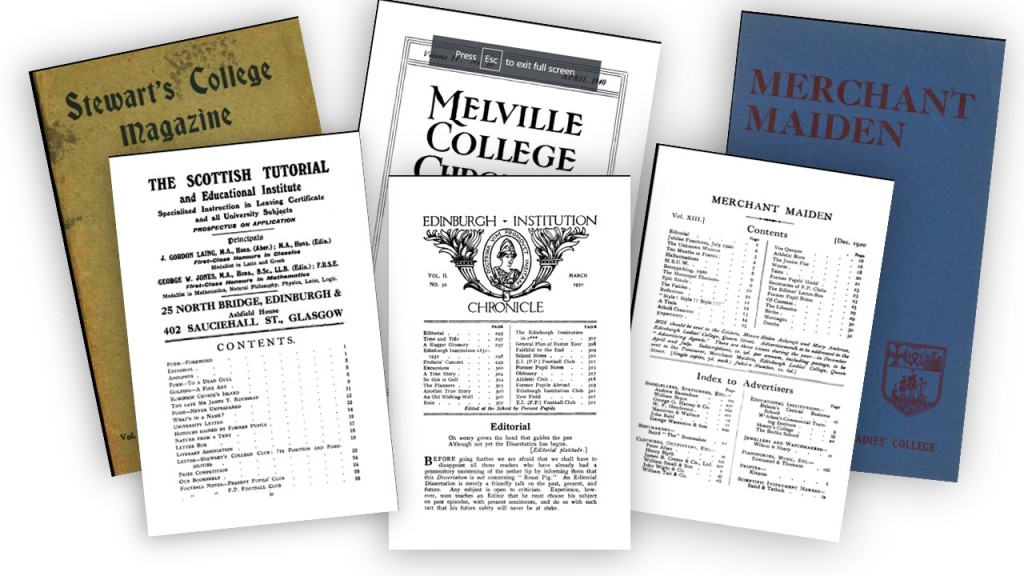
Unfortunately, very few of these documents were indexed which has been a real issue for the researchers in the past. No index effectively means you must read the whole magazine to find a reference to a certain individual. However, our previous review of the school records may have offered up enough clues to help narrow down the search. Students who have excelled in some subject, sport or the arts may well have been mentioned in the prize giving pages, the results roundups, or the critiques of school productions. If you are very lucky, such entries maybe illustrated with club, tour or team photograph, images of the performance underway or the official recognition of achievements at an award ceremony. Many of the group photographs are captioned with the names of the individuals.
The details of FP’s may also appear in the birth, deaths, and marriages pages. Obituaries of notable FP’s are another valuable source of biographical information. There is also usually space dedicated to articles and work done by the students themselves with poetry and prose often filling the centre pages. It is these personal connections with the magazines which make these publications such a fascinating primary source to study.
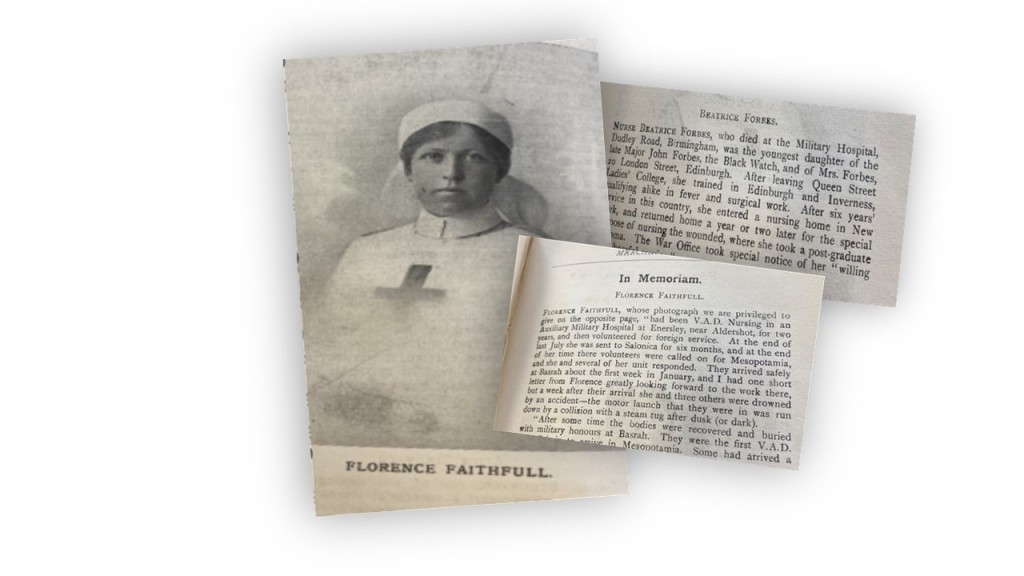
For example, the Young Historians at MES have been using the wartime copies of the Merchant Maidens to research the role of the school in the First World War. Notwithstanding the remarkable discovery of Mary Erskine war casualties and the wide range of roles carried out by their colleagues in all aspects of war work, the research has also uncovered the routine efforts of fund raising and charity work undertaken by the school staff and pupils to support the war effort. Any study of the poetry and prose written by the junior students during the war years provides a remarkable insight into the attitude the girls had to the war and the psychological effect it had on their wellbeing. In contrast, reading the announcements of weddings, births and obituaries of the husbands and fathers brings home the real impact the war had on the bereaved relatives and children.
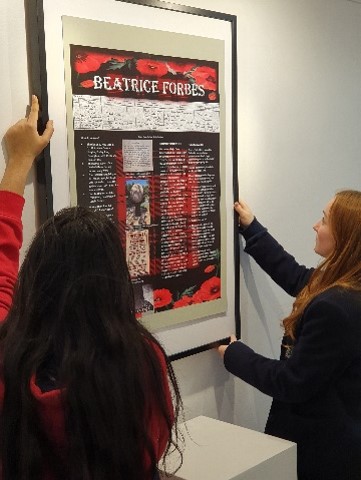
More modern publications have fortunately become more informal, a lot more colourful and yet no less fascinating to study. Colour photos, more vivid layouts and a growing diversity of subject matter makes the recent school magazine a great source of information. It must be noted that these publications were created and edited by the school authorities for both internal and external readers. They are designed to promote the school and it is interesting to consider what future historians will make of their content. But there are other publications that provide an alternative view of school life which may at times contradict the official texts.
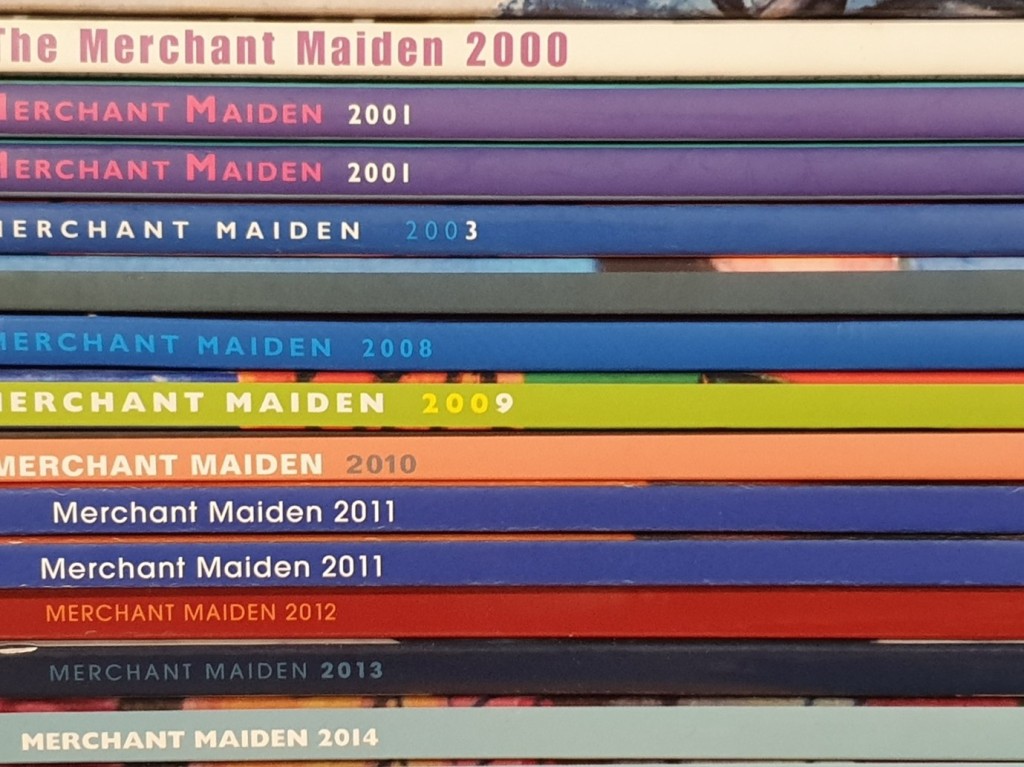
The idea of allowing the students to produce their own publications could be considered an empowering and informative step forward. However, it could also be quite a risky balance between ensuring the freedom of speech and protecting the school’s repute. The student-based journalist teams under the nominal editorship of a suitably qualified member of staff may not always align with the marketing policy of the school management. Certainly, in the early days, student magazines were for internal distribution only and sold for a minimal sum to cover the printing costs around the classrooms. The result is a heady mix of in-house jokes, fashionable jargon, and contemporary news stories alongside some often-satirical commentary of school life. These magazines may not necessarily pass scrutiny today, with authors sometimes expressing somewhat controversial views and opinions, but when read in historic context they provide a wonderful insight into the ‘alternative’ school life of the student.

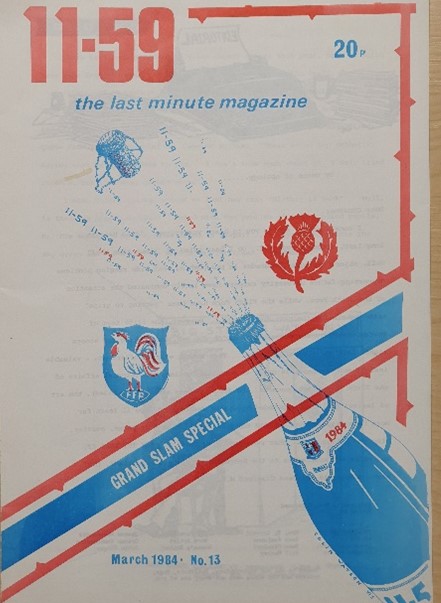

Perhaps the ultimate student / school collaboration is the school yearbook, typically including a biography of each graduating student written by their friends and colleagues. This publication although sanctioned by the school often pulled no punches. Again, there are wonderful snapshots of the attitudes and aspirations of ‘the youth of their day’ and the books are an invaluable source for information of more recently graduated students.
I am glad to say that our archives are blessed with a comprehensive collection of school magazines, but we face the growing ‘black hole’ of digitisation as more and more school publications are appearing online and are not backed up in hard copy form. As an archive we must now tackle the growing problem of collecting and making available a virtual library including thousands of social media pages and posts. If the twittering and blogging stops overnight all this narrative could be lost to future FPs and historians. Conversely, every effort must be made to digitally preserve and display the physical collection. We are currently in the final phases of digitising all the school magazines. Over half of the Merchant Maidens and a third of the Melville Chronicles await digitisation. Once online, the magazines can be easily accessed from the comfort of your own home and, more importantly, made much easier to search.
Institutions such as schools and colleges often create their own collection of unique written material. We are blessed at ESMS to have a large and historical catalogue of titles each providing a broad view of life in our schools. Not only is this material a valuable social history but it also provides a wonderful portal to the past for our present and former pupils. It is the job of this archive to preserve, conserve and provide access to this remarkable collection.
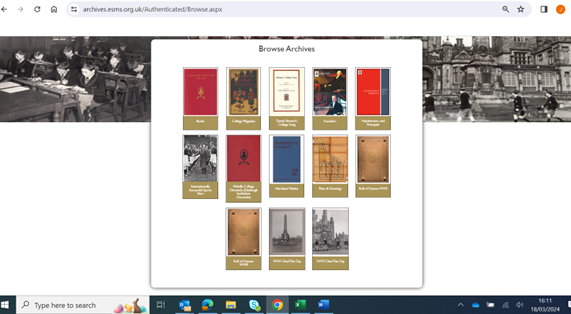
The Subtext ….
You may recall in previous articles I have mentioned the current cataloguing project underway in the ESMS archives. Former Pupils have volunteered to help stock check the collection and restack the shelves. This process has included the library of school magazines and we have discovered several omissions that we would like to make good. The aim of the collection strategy is to hold at least 4 copies of every magazine produced: one good copy at both schools, one available for consultation and one for short term loan. Fortunately, we have over the years been given many more copies of various editions and these are held in storage for future circulation. However, there are one or two publications conspicuous by their absence and I have added a wish list of ‘missing’ Year Books below.
Yearbooks – 2006, 2007, 2010, 2013.
So, if you do have a copy which you no longer require of any of these ‘rarer’ issues then please do contact us. It would be great to make good the collection for the benefit of future researchers. I hope you can help with the search!
You can contact the Archive on: archives@esms.org.uk if you do find these lost copies and you are happy to hand them into the archive collection.
